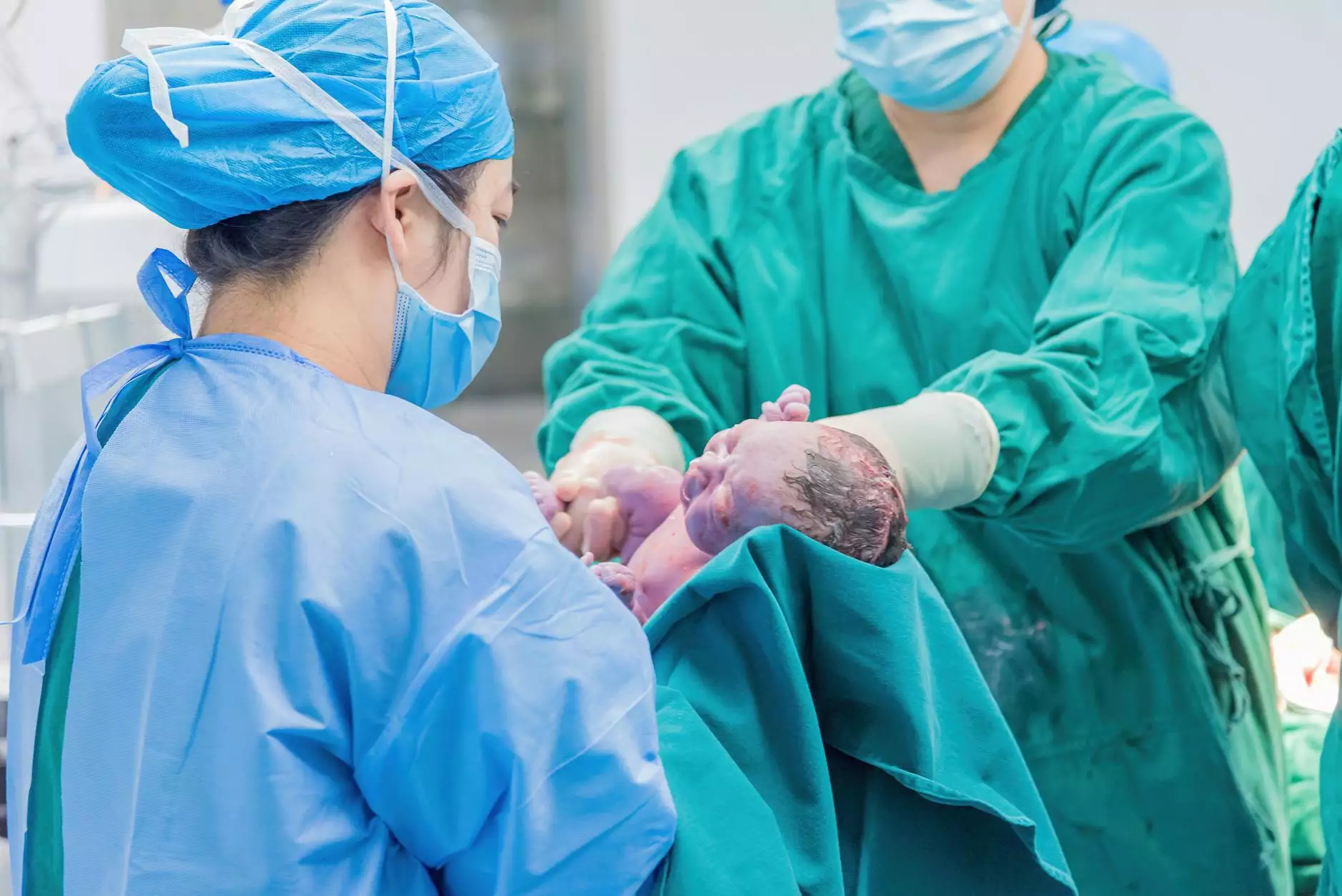Laparoscopic Hysterectomy Procedure: A Comprehensive Guide

The laparoscopic hysterectomy procedure is a prevailing surgical technique that allows doctors to perform a hysterectomy with minimal invasiveness. This method provides numerous benefits compared to traditional open surgery, including reduced recovery time, less postoperative pain, and a lower risk of complications. In this article, we will explore the intricacies of this procedure, its advantages, the recovery process, and essential considerations for patients contemplating surgery.
Understanding Laparoscopic Hysterectomy
A hysterectomy is a surgical procedure that involves the removal of the uterus. It may be recommended for a variety of reasons, including:
- Uterine fibroids
- Endometriosis
- Uterine prolapse
- Abnormal uterine bleeding
- Certain types of cancer
Traditionally, hysterectomies were performed using an open surgical approach, which required a larger incision and consequently resulted in longer recovery times and more discomfort for patients. Laparoscopic hysterectomy, on the other hand, involves making several small incisions in the abdomen. Through these incisions, a laparoscope, a thin tube with a camera and light, is inserted to guide the surgeon in performing the procedure with precision.
The Benefits of Laparoscopic Hysterectomy
The laparoscopic hysterectomy procedure offers several distinct advantages:
- Minimally Invasive: The use of small incisions reduces trauma to surrounding tissues, resulting in less pain and quicker healing.
- Shorter Recovery Time: Patients typically experience much faster recovery, often returning to normal activities within a few weeks.
- Reduced Blood Loss: The surgical technique generally results in less blood loss compared to traditional methods, decreasing the need for blood transfusions.
- Lower Infection Risk: Smaller incisions diminish the risk of post-operative infections, a common concern with larger wounds.
- Minimal Scarring: The small incisions lead to minimal scarring, which is an important consideration for many patients.
The Procedure Explained
During a laparoscopic hysterectomy, the following steps are typically followed:
1. Preoperative Preparation
Before the surgery, patients will undergo several preoperative tests, such as blood tests and imaging studies. It is crucial to inform the healthcare team about any medications or allergies.
2. Anesthesia
The surgery is performed under general anesthesia. This means the patient will be asleep and free from pain during the entire procedure.
3. Incision and Access
The surgeon makes several small incisions, usually about half an inch in size, in the abdominal wall. Through these incisions, carbon dioxide gas may be introduced into the abdomen to inflate it, providing a clearer view for the surgeon.
4. Insertion of Laparoscope
A laparoscope, equipped with a camera, is inserted through one of the incisions, allowing the surgeon to view the internal organs on a monitor.
5. Removal of the Uterus
Using specialized instruments inserted through the other incisions, the surgeon detaches the uterus from its surrounding structures and removes it. In some cases, the cervix, ovaries, and fallopian tubes may also be removed.
6. Closing the Incisions
Once the uterus is removed, the surgeon carefully closes the incisions with stitches or surgical glue. The carbon dioxide is then released, and the patient is awakened from anesthesia.
Recovery After Laparoscopic Hysterectomy
The recovery process following a laparoscopic hysterectomy procedure is relatively swift, but it varies from patient to patient. Here are some common aspects of recovery:
1. Hospital Stay
Most patients are able to go home within a day or two after the surgery. However, some may be discharged on the same day if they meet specific health criteria.
2. Pain Management
Post-operative pain is often manageable with prescribed medications and over-the-counter pain relievers. Patients are encouraged to keep moving gently to reduce the risk of blood clots.
3. Activity Restrictions
While many patients can return to light activities within a week, full recovery may take 2 to 6 weeks. Patients should avoid heavy lifting and strenuous exercises during the initial recovery period.
4. Follow-Up Appointments
Follow-up visits with the healthcare provider are necessary to monitor healing. Any unusual symptoms, such as excessive bleeding or fever, should be reported immediately.
Potential Risks and Complications
While the laparoscopic hysterectomy procedure is generally safe, like any surgery, it carries inherent risks. Potential complications include:
- Infection at the incision site
- Bleeding
- Injury to surrounding organs, such as the bladder or intestines
- Adhesion formation, potentially leading to bowel obstruction
Patients are advised to discuss these risks with their healthcare provider to make an informed decision about undergoing surgery.
Who Should Consider Laparoscopic Hysterectomy?
The decision to undergo a laparoscopic hysterectomy should be based on individual medical conditions, overall health, and personal preferences. Common indications for this procedure include:
- Chronic pelvic pain unresponsive to other treatments
- Severe menstrual bleeding that affects daily life
- Large uterine fibroids causing discomfort or pressure symptoms
- Diagnosis of gynecological cancers
A detailed consultation with an obstetrician-gynecologist can help outline the best options tailored to the patient's unique health situation.
Conclusion
The laparoscopic hysterectomy procedure stands as a vital advancement in gynecological surgery, providing a minimally invasive option for women facing various health concerns related to the uterus. Understanding the procedure, its benefits, recovery expectations, and potential risks equips patients with the knowledge to make informed decisions. If you are considering a laparoscopic hysterectomy, consult a qualified healthcare provider to determine the best course of action tailored to your specific needs.
For more information and expert advice, visit drseckin.com, where you can find resources and support from top healthcare professionals in the field.




